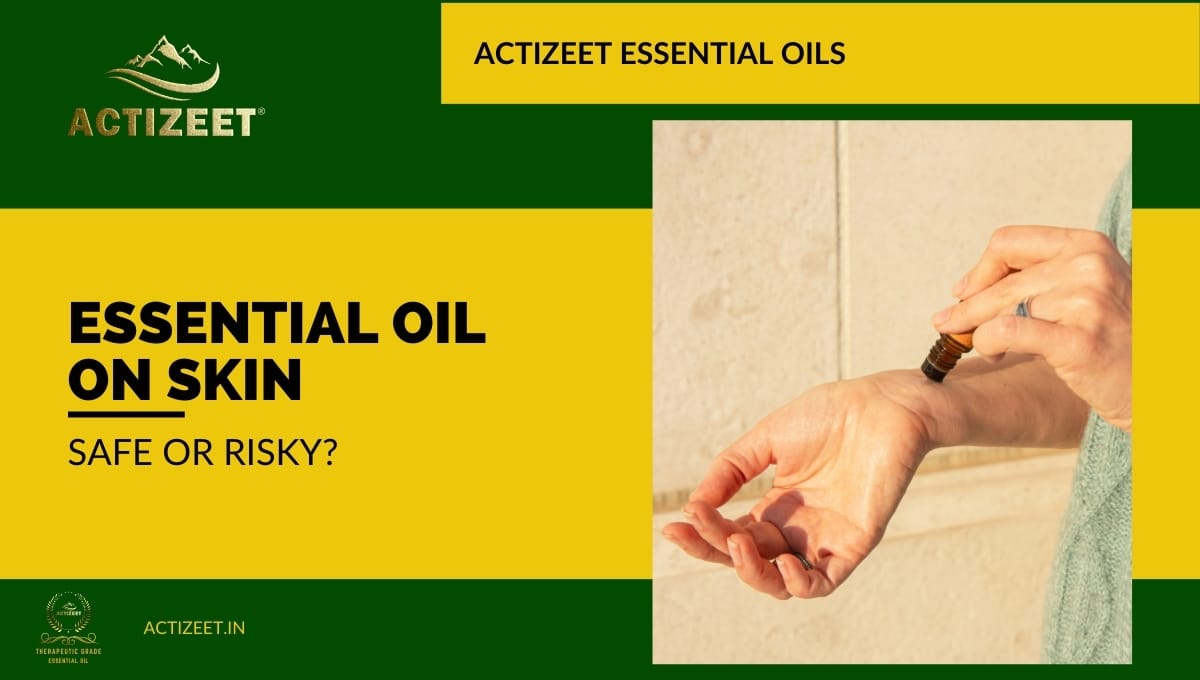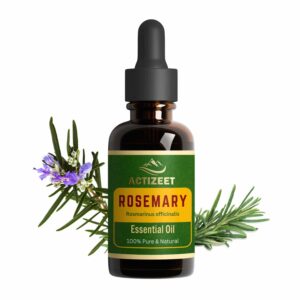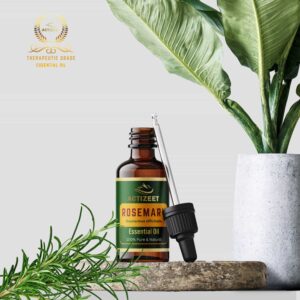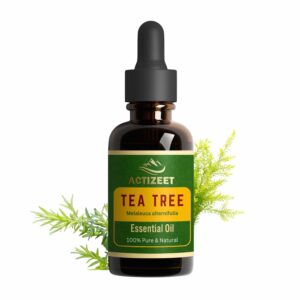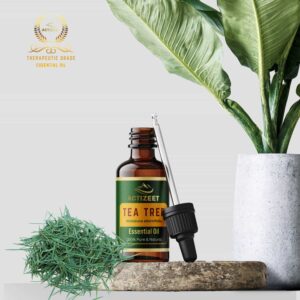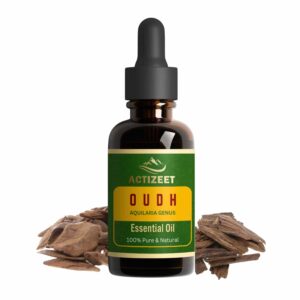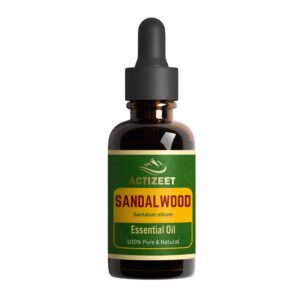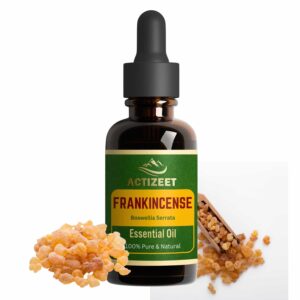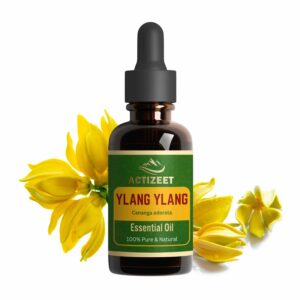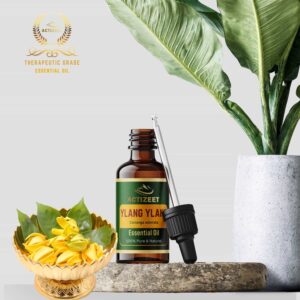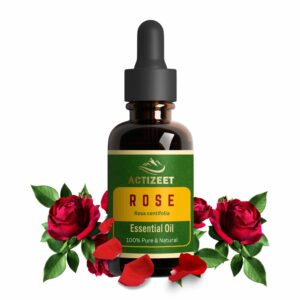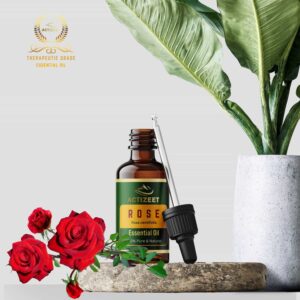Essential oils have been gaining immense popularity in recent years as a natural alternative for various skincare concerns. Derived from plants, these concentrated extracts possess aromatic compounds that contribute to their distinct fragrance and therapeutic properties. When it comes to skincare, essential oils are often hailed for their potential benefits, from moisturizing and rejuvenating the skin to providing relief from common skin issues.
Table of Contents
ToggleDefinition of Essential Oils
Essential oils are volatile substances extracted from different parts of plants, including flowers, leaves, stems, bark, and roots. This extraction process usually involves steam distillation or cold-pressing techniques to obtain the purest form of these precious oils. The resulting product contains highly concentrated plant compounds that give off a characteristic scent and possess unique properties.
The chemical composition of essential oils is complex and diverse, with each oil containing a distinct combination of active constituents such as terpenes, esters, aldehydes, phenols, and many more. These natural compounds contribute to the therapeutic effects that have made essential oils renowned in traditional medicine practices around the world.
The growing popularity of Using Essential Oils in Skincare
In recent times, there has been a surge in interest regarding the use of essential oils in skincare routines. People are increasingly turning away from synthetic ingredients commonly found in commercial beauty products and seeking more holistic approaches to maintaining healthy skin. The appeal lies not only in the potential benefits offered by essential oils but also in their overall compatibility with natural skincare philosophies.
Many individuals find solace in incorporating organic products into their routines that align with eco-friendly values or simply prefer gentler alternatives for sensitive skin types. Moreover, the versatility of essential oils appeals to those seeking personalized skincare regimens tailored to specific needs or preferences.
With a wide range of essential oils available, each possessing its own unique properties, individuals can customize their skincare routine to address concerns such as dryness, acne, ageing, or inflammation. However, it is crucial to approach the usage of essential oils on the skin with caution and proper knowledge.
While these oils offer numerous potential benefits, they also require careful consideration and respect for their potency. Understanding the nuances of using essential oils directly on the skin is essential for a safe and effective skincare experience.
Understanding Essential Oils
Extraction process and types of essential oils
When it comes to understanding essential oils, it’s important to grasp their extraction process and the different types available. Essential oils are extracted from various parts of plants, including flowers, leaves, bark, stems, and roots. The extraction methods can range from steam distillation to cold-pressing or solvent extraction.
Steam distillation is one of the most common methods used for extracting essential oils. It involves using steam to release the volatile compounds present in the plant material, which are then collected and condensed.
This method is commonly used for extracting oils from lavender, rosemary, and peppermint. Cold-pressing is another method employed for certain citrus fruits, like oranges and lemons.
In this process, the fruit peel is mechanically pressed to extract the oil. Cold-pressing is preferred for citrus oils because it retains their fresh aroma.
Solvent extraction is a more complex method that uses a solvent, such as hexane or ethanol, to separate the oil from the plant material. This technique is often employed for delicate flowers like jasmine or roses, where high heat could damage their fragrant compounds.
Chemical composition and potency of essential oils
Essential oils owe their therapeutic properties to their unique chemical composition. These natural extracts are composed of aromatic molecules such as terpenes, alcohols, esters, phenols, and ketones, each contributing to different benefits when applied topically. The potency of an essential oil depends on its chemical constituents and can vary significantly between different types of oils.
For example, lavender oil contains linalool and linalyl acetate, which give it calming properties suitable for promoting relaxation or aiding with sleep issues. On the other hand,
Essential oils like peppermint contain menthol, which provides a cooling effect that can help alleviate muscle pain when applied topically. It’s important to note that the potency of essential oils also determines their recommended dilution ratios to ensure safe use on the skin.
Understanding the extraction process and chemical composition of essential oils allows us to appreciate their varied uses and benefits in skincare. Whether it’s through steam distillation, cold-pressing, or solvent extraction, these methods extract precious compounds that make essential oils a valuable addition to our beauty routines.
Safety Precautions for Using Essential Oils on Skin
Dilution Ratios and Carrier Oils
When it comes to using essential oils directly on your skin, it is crucial to follow proper dilution ratios. Undiluted essential oils can be too potent and may cause irritation or adverse reactions.
Diluting the essential oil in a carrier oil not only reduces the risk of skin sensitivity but also helps spread the oil evenly across the skin’s surface. The recommended dilution ratio varies depending on your skin type.
For sensitive skin, it is generally advisable to use a lower dilution ratio, such as 1% to 2%. This means adding just a few drops of essential oil to every teaspoon (5ml) of carrier oil.
Normal or combination skin can tolerate a slightly higher concentration, around 2% to 5%. If you have oily or acne-prone skin, you can safely increase the dilution ratio up to 5% or even 10%.
Recommended Dilution Ratios for Different Skin Types
For those with sensitive skin, it’s important to exercise caution when using essential oils. Some gentle options suitable for sensitive skin include lavender, chamomile, geranium, and frankincense.
Start with a low dilution ratio of around 1%, which corresponds to about five drops of essential oil per ounce (30ml) of carrier oil. If you have normal or combination skin that is not overly reactive, you can experiment with slightly higher dilutions.
For example, mixing eight drops of essential oil with one ounce (30ml) of carrier oil results in a roughly 2% concentration—an ideal choice for daily moisturization. For oily or acne-prone complexions that may benefit from more potent blends without causing excessive drying or irritation, consider using stronger concentrations between 5% and 10%.
Tea tree oil, known for its anti-inflammatory and antimicrobial properties, can be combined with a carrier oil to create an effective spot treatment for blemishes. Remember to perform a patch test before applying any new essential oil blend to your face or body.
Common Carrier Oils and Their Benefits
Carrier oils are an integral part of blending essential oils for safe usage on the skin. They help dilute the essential oils and provide nourishment and moisture to the skin.
Here are some commonly used carrier oils along with their unique benefits:
1. Sweet Almond Oil: Rich in vitamins A, E, and fatty acids, sweet almond oil moisturizes the skin while soothing inflammation and reducing redness.
- Jojoba Oil: Similar in composition to our skin’s natural sebum, jojoba oil is easily absorbed without leaving a greasy residue. It helps balance oil production and is suitable for all skin types.
- Coconut Oil: With its high content of lauric acid, coconut oil possesses antimicrobial properties that can combat acne-causing bacteria while moisturizing the skin. 4. Argan Oil: Derived from the nuts of the argan tree, this lightweight oil is packed with antioxidants and vitamin E, offering excellent moisturization without clogging pores.
- Rosehip Seed Oil: Known for its anti-ageing benefits, rosehip seed oil contains vitamins A and C along with essential fatty acids that promote collagen production and improve skin elasticity. Remember that everyone’s skin reacts differently to various carrier oils, so it’s important to find one that suits your specific needs by conducting patch tests or consulting with a dermatologist if you have any concerns about potential allergies or sensitivities.
Benefits of Using Essential Oils on Skin
Moisturizing properties
When it comes to keeping our skin hydrated and supple, essential oils can be a game-changer. One such oil is lavender oil, which is known for its excellent moisturizing properties.
Lavender oil helps to lock in moisture and prevent water loss from the skin, making it particularly beneficial for those with dry skin. By applying a few drops of diluted lavender oil to the face or body, you can experience its soothing and hydrating effects, leaving your skin feeling soft and nourished.
Another essential oil that works wonders for mature skin is rosehip oil. Packed with vitamins A, C, and E, as well as essential fatty acids, rosehip oil deeply nourishes the skin while promoting elasticity.
It helps to reduce the appearance of fine lines and wrinkles, making it an ideal choice for mature or ageing skin. With regular use of rosehip oil in your skincare routine, you can enjoy a youthful glow and a visibly improved complexion.
Anti-inflammatory properties
Essential oils are also known for their anti-inflammatory properties, which can help calm irritated or inflamed skin conditions. Chamomile oil, in particular, is renowned for its soothing effects on the skin. It possesses anti-inflammatory compounds that alleviate redness and irritation caused by conditions like eczema or rosacea.
Applying diluted chamomile oil topically can help soothe the discomfort associated with these inflammatory skin issues. For individuals struggling with acne-prone skin, tea tree oil offers powerful anti-inflammatory benefits.
This natural powerhouse has antibacterial properties that fight acne-causing bacteria while reducing inflammation associated with breakouts. By gently dabbing diluted tea tree oil onto blemishes or incorporating it into your skincare routine regularly, you may notice a reduction in acne-related redness and swelling over time.
Potential Risks and Allergies Associated with Direct Application
Photosensitivity caused by certain citrus oils
While essential oils can provide numerous benefits for the skin, it’s essential to be aware of the potential risks associated with direct application. Some citrus essential oils, such as bergamot or lemon oil, can make the skin more sensitive to sunlight.
This increased sensitivity may lead to sunburn or skin discolouration if exposed to UV rays without proper protection. To avoid this issue, it’s advisable to conduct patch tests and either limit sun exposure or use broad-spectrum sunscreen when using these particular oils.
Patch testing for allergies before applying directly to the skin
Another precautionary measure is to perform a patch test before applying any new essential oil directly to your skin. Patch testing involves applying a small amount of diluted oil to a small area of the skin (typically the inner forearm) and observing for any adverse reactions within 24 hours. This helps identify potential allergies or sensitivities to specific oils and prevents more extensive reactions when applied to larger areas of the body.
Tips for Safe Application of Essential Oils on Skin
Avoiding sensitive areas like eyes, mucous membranes, and open wounds
When using essential oils on your skin, it is crucial to avoid sensitive areas such as the eyes, mucous membranes (like inside your nose), and open wounds. Essential oils are potent substances that can cause irritation or discomfort if they come into contact with these delicate areas. It’s always recommended to apply essential oil-based products within safe boundaries and consult with a medical professional if you have specific concerns.
Gradually introducing new essential oils to your skincare routine
If you’re new to using essential oils on your skin, it’s best to introduce them gradually into your skincare routine. Begin by incorporating a small amount of diluted oil and observe how your skin reacts over time.
This approach allows your skin to adjust to the new ingredients and helps you identify any potential sensitivities or adverse reactions. By taking this cautious approach, you can enjoy the benefits of essential oils without overwhelming your skin.
Conclusion
Essential oils offer numerous benefits for the skin when used safely and responsibly. Their moisturizing properties can help hydrate dry skin, with lavender oil providing soothing effects while rosehip oil nourishes mature skin. Additionally, anti-inflammatory essential oils like chamomile and tea tree oil can calm irritated or acne-prone skin effectively.
However, it’s important to be aware of potential risks associated with direct application, such as photosensitivity caused by certain citrus oils. Patch testing is crucial to identify any allergies or sensitivities before applying essential oils directly to the skin.
By following these precautions and gradually introducing new oils into your routine, you can safely harness the power of essential oils for healthy and radiant-looking skin. So go ahead and indulge in an aromatic skincare experience that not only pampers your senses but also enhances your overall well-being!
RECOMANDED PRODUCTS
-
Rated 4.72 out of 5
₹1,500.00Original price was: ₹1,500.00.₹1,200.00Current price is: ₹1,200.00. Incl. GST ADD TO CART Buy Now -
Rated 4.88 out of 5
₹1,500.00Original price was: ₹1,500.00.₹1,200.00Current price is: ₹1,200.00. Incl. GST ADD TO CART Buy Now -
Rated 4.63 out of 5
₹1,900.00Original price was: ₹1,900.00.₹1,450.00Current price is: ₹1,450.00. Incl. GST ADD TO CART Buy Now -
Rated 4.74 out of 5
₹1,500.00Original price was: ₹1,500.00.₹1,200.00Current price is: ₹1,200.00. Incl. GST ADD TO CART Buy Now -
Rated 4.72 out of 5
₹2,500.00Original price was: ₹2,500.00.₹1,950.00Current price is: ₹1,950.00. Incl. GST ADD TO CART Buy Now -
Rated 4.88 out of 5
₹1,500.00Original price was: ₹1,500.00.₹1,200.00Current price is: ₹1,200.00. Incl. GST ADD TO CART Buy Now -
Rated 4.80 out of 5
₹1,500.00Original price was: ₹1,500.00.₹1,200.00Current price is: ₹1,200.00. Incl. GST ADD TO CART Buy Now -
Rated 4.88 out of 5
₹1,500.00Original price was: ₹1,500.00.₹1,200.00Current price is: ₹1,200.00. Incl. GST ADD TO CART Buy Now
Related posts:
- Discover the Best Essential Oil for Skin Whitening
- Revitalize Your Skin with Essential Oil: The Ultimate Guide
- Unlocking the Skin Benefits: Essential Oils Explained
- Discover Best Essential Oil for Dry Skin: Expert Insights
- Relieve Itching: Best Essential Oil for Skin – Expert Guide
- Discover the Best Essential Oil for Glowing Skin: Expert Insights
- Unveiling the Secret to Radiant Skin: Amla Powder for Glowing Skin
- Green Tea Essential Oil: The Secret to Beautiful Skin, Lustrous Hair, and a Relaxing Mind

